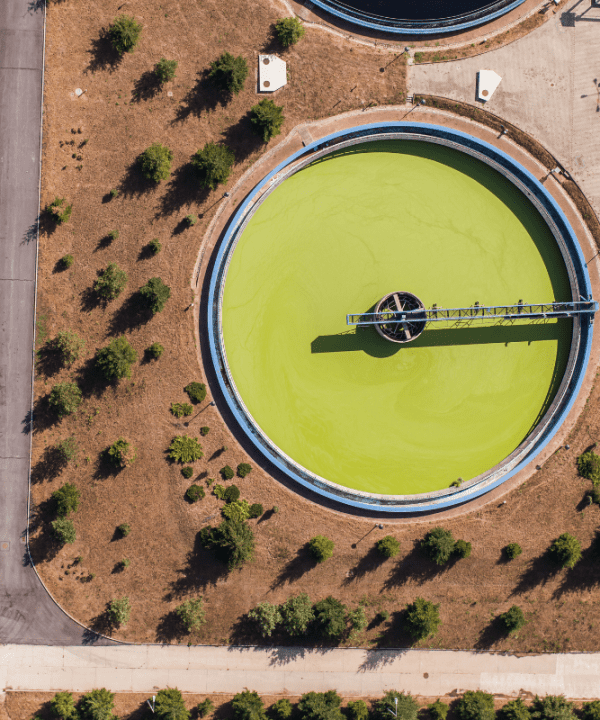
PROJECT DETAILS
- Project No 3013
- Project Name Inactivation of Cryptosporidium across the wastewater treatment train: Recycled water fit for purpose (Phase II)
- Lead Organisation SA Water
- Research Lead AWQC
- Main Researcher Brendon King
- Completion Year 2015
Project Description
Cryptosporidium is a waterborne microscopic parasite with different forms at various stages of its lifecycle. One form, the spherical oocyst, is excreted by infected people and transported in rivers and surface waters. In the first part of this research (WaterRA Project 2015) an in vitro cell culture ‘infectivity assay’ test was developed to be able to differentiate between live infectious and dead ‘safe’ oocysts. In the second part of this research the ‘infectivity assay’ was used to examine the frequency and occurrence of infectious cryptosporidia at different stages of wastewater treatment. Samples from five wastewater treatment plants were examined. It was concluded that there is a strong seasonal element to infectious oocyst removal in which winter rainfall and temperatures reduced removal efficacy but that exposure to sunlight is an effective way to inactivate infectious oocysts and make recycled water safe and fit for purpose.





